Wood flooring is a wise choice both as an investment and as a look, being suitable in any living space thanks to its durability and the different finishes available. For a long time, carpeting in apartments, houses and hotels was the most popular option. Then came the fashion for tiles which, thanks to the ease with which they could be cleaned, even found their way into bedrooms. But gradually the world turned to wooden floors.
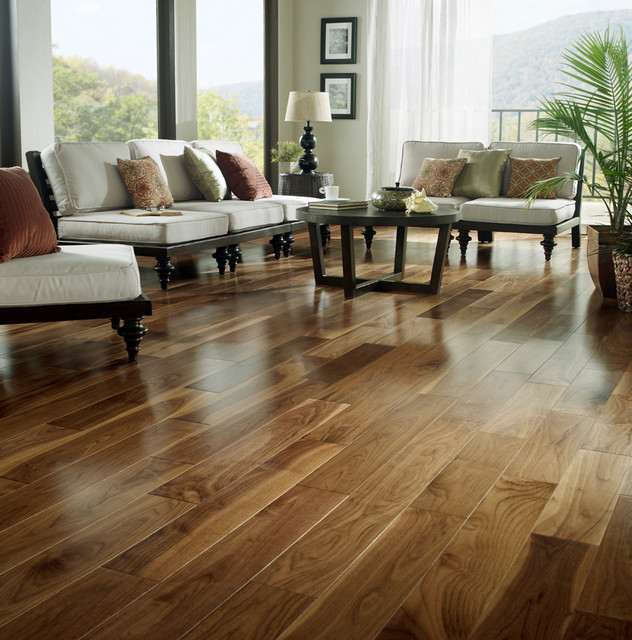
Pardoseli made industrial
For houses or apartments, you can use ready-finished parquet, or you can install parquet or parquet flooring, and then finish the floor afterwards.
In the first case, the wood is finished in factories using special technologies and materials. The most commonly used method is waving and drying with UV radiation. The finishing products used are specially formulated for such technologies and can be either solvent-based or waterborne. More information on these technologies can be found at here.
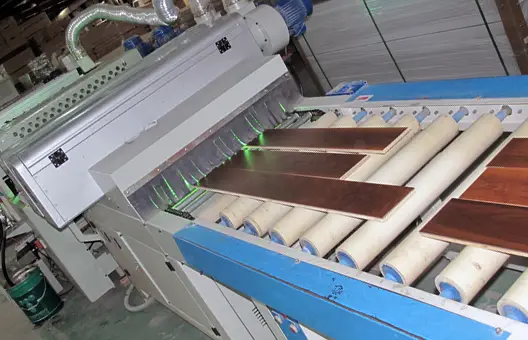
Mounted bollards in white
The main characteristics of the products used to finish floors are high hardness and very good scratch resistance to withstand traffic. They can be polyurethane, acrylic, polyacrylic, polyacrylic, carbamidic, oils or waxes.
Where unfinished wood flooring is being installed, it is a good idea to check that the wood has been thoroughly dry. Wood for parquet or flooring is usually harder and if it is not well dried, stresses can occur in the wood with very unpleasant repercussions. If the humidity of the wood is too low the flooring can swellIf it is too large, the wood shrinks, creating holes in the floor. In either case, the flooring will need to be re-laid.
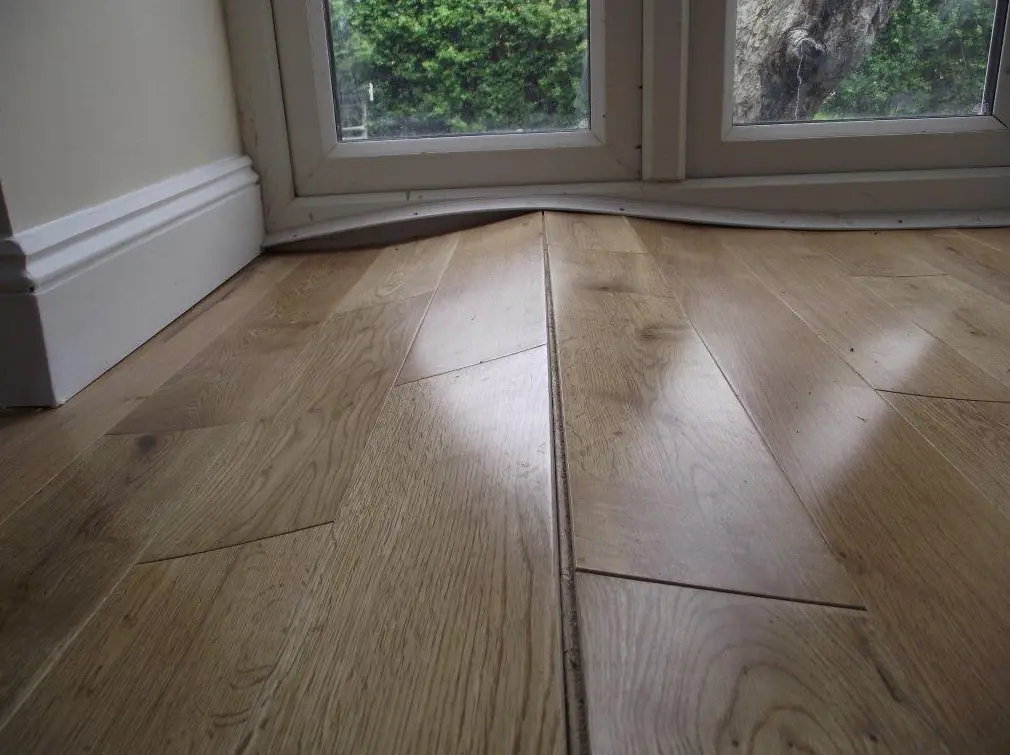
Finishing at home of the parquet
Finishing already installed floors is different from industrial finishing. When the parquet has been beaten in the home, varnishing should be done in such a way that it does not affect the other finishes in the home. For this reason, spraying finishing materials should be avoided, instead using a brush or a paint brush.
The materials used should be as non-aggressive as possible. The use of water soluble materials is recommended, thus eliminating the aggressive and persistent solvent odor.
The advantage of installing white flooring or white floorboards is that the finish can be done in harmony with the other finishes of the house. You can do a modern or "antiqued", matte or glossy, transparent or opaque depending on your taste.
There are certain finishes that can only be done on a floor fitted directly in the home. For example, a high-gloss floor with a continuous, seamless film can only be achieved by finishing it at home. You can buy high-gloss parquet, but it will not be a continuous film because the gloss will be interrupted by the assembly lines. However, you should be aware that high gloss has the disadvantage that it accentuates all the defects (every little scratch will be very visible) and is more difficult to maintain.

Materials with specific results
In the case of an old-looking finish you can use ageing skids as with furniture or oils specially formulated for parquet. The oil protects but does not film, and the look will be similar to that of a country home.
You can also use skies, but scratch resistance will be much lower. When using wax it is better to use the hardest wood possible (oak, frasin, acacia) which is resistant to mechanical aggression. The waxed finish looks very good on wood floors with a plank look. Modern oils and waxes are preferred both because they emphasize the natural look of the wood and because natural option for floor coverings. Last but not least, the ease with which defects can be fixed often makes them a favorite material.
These days, the choice of finished parquet flooring is very varied. Invol designers has led to the development of distinctive finishes that can meet any demands for durability and appearance.
The use of reclaimed wood for wood flooring is now in trend and I think you've already seen what floorboards made from the wood of used barrels are made. Why reclaimed wood? Because it's a well-balanced wood that won't have dimensional variation problems. The signs of the passage of time, combined with a simple, hard-wearing finish, will make the floorboard the focal point of the room.
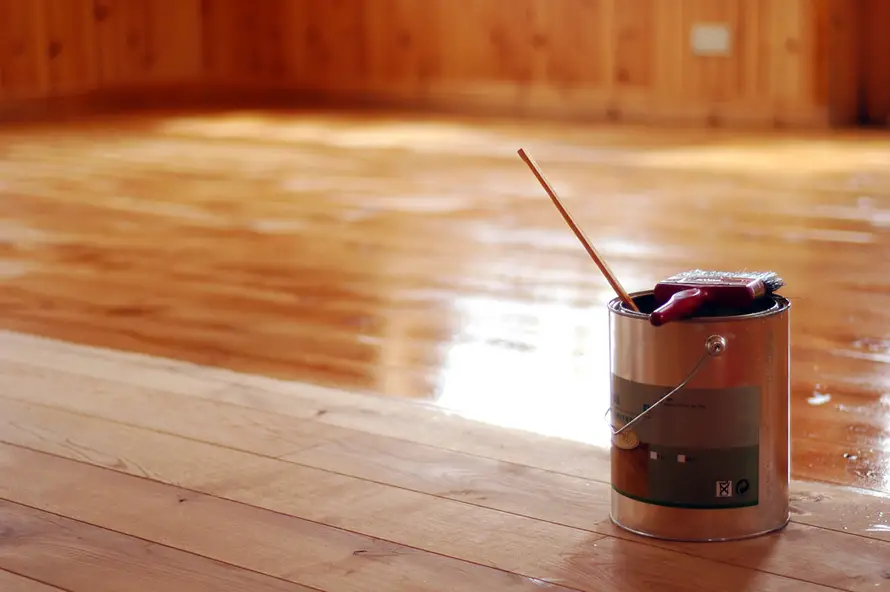
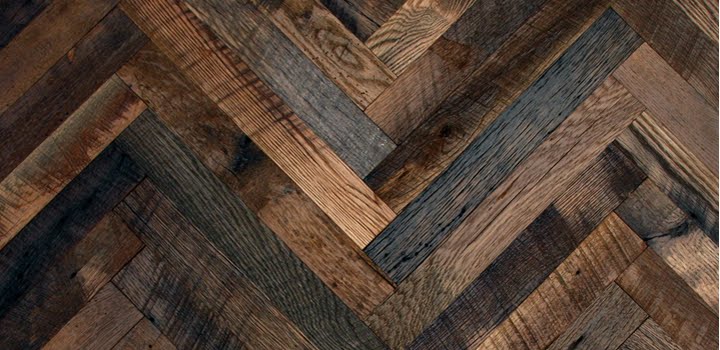
As you have seen, there is a very rich offer. To be satisfied with the result, the choice must always be integrated into a project. Flooring can look beautiful in the shop, but have nothing to do with where it is installed. And then its beauty is lost. It's also good to take into account the other elements in the home when finishing the flooring, not just the fact that a particular finish is on trend or that we like it a lot.
If you're still undecided about which type of flooring to choose, you can also read related article.
Your comments are welcome below. Share the article if you find it useful. Thanks.
































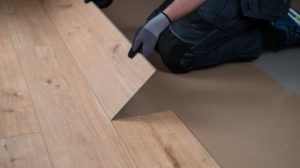



Mrs. Radu,
Congratulations with gratitude for all the information provided.
For a new, untreated spruce wood (B quality), what do you recommend as a finish so that over time it doesn't turn yellow, doesn't get that slightly orange color? We would like it to look as natural as possible, matte and not change color too much over time. We were thinking to apply 2 coats of waxed oil (bona or chimiver) but we don't know if it's enough and resistant over time. Do you think a water based varnish would be better? Thanks in advance for your answer.
Good evening!
Thanks for your appreciation!
Water-based varnish is the less yellowing of the two options. An even better option is solvent-based acrylic varnish. It is recommended when you want to preserve the original appearance of the wood.
But with resinous, the problem is not so much the varnish/pulp as the wood itself. Spruce, like other softwoods, starts to change color as soon as it is sawn into planks, slowly turning to that orange-yellow. The process is slowed if UV absorbing varnishes are used.
The most commonly used method to keep the color as close as possible to the original color is to apply a layer of semi-transparent white white enamel before the varnish. Apply a thin coat without covering the fiber completely. After drying, apply varnish. This will lighten the grain to the appearance of natural, uncolored wood. The varnish retains its color over time giving the impression that the wood does not change color.
If you can't find one, you can use a diluted white paint 100% (1:1). A solvent-based white paint is preferable because it lifts less fiber than a water-based one that is also diluted. After complete drying, a clear water-based or solvent-based clearcoat can be applied. No oil may be used over thinned white paint.
Good luck!
Thank you so much for your prompt and detailed reply! I took note.
To many more dedicated and passionate people like you. Good health.
Hello!
We want to cover 4 steps and a weathered portion of the terrace with oak plank. How do you recommend we treat/finish the wood so we don't have a problem with slipping, especially in the winter (we live in a mountain area)? In your website, which I really, really like, I couldn't find the words "anti-slip" or "anti-slip"...
Thanks and all the best!
Hello!
Thank you for your appreciation!
Suze for the delayed reply. I don't know why your message ended up in spam.
Indeed, we have no article dealing with these properties. It is a good idea for the future.
My recommendation is to use a UV resistant hard oil. The idea is to have no film because it slips off easily.
If you still want to use varnish/paint, avoid glossy products (the more matt, the better) and many coats (maximum 2 coats). The sweeping agent in the products creates a micro-roughness on the surface of the film formed, which increases the resistance to rubbing.
Being a patio, any product used must be UV-resistant.
All the best!